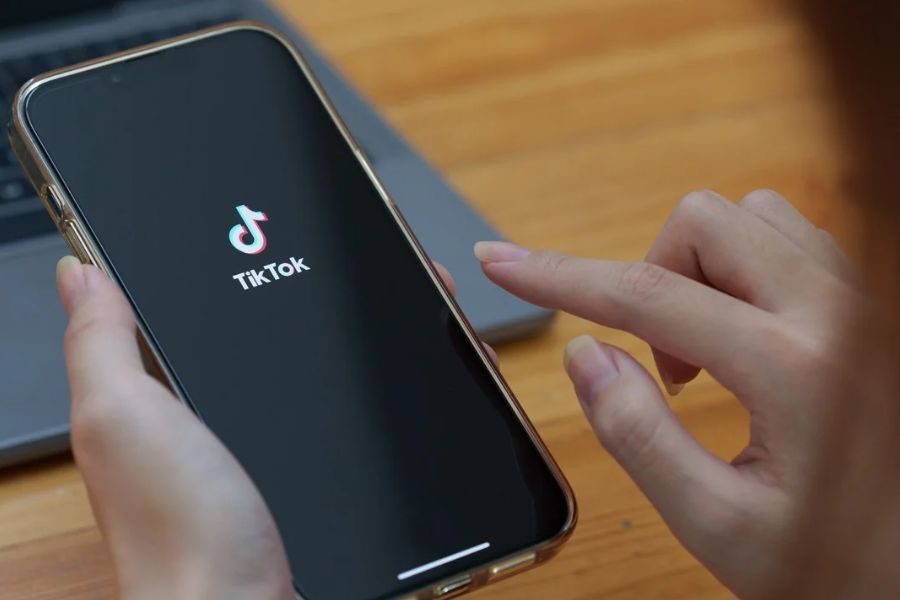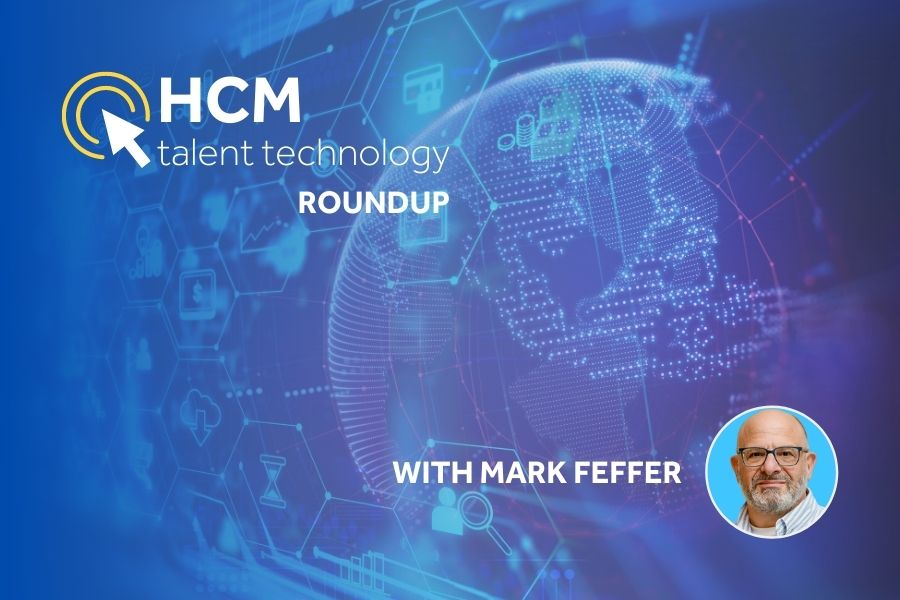Let’s face it. Tech recruiting is hard right now. Really hard. Competition remains fierce, despite the current market conditions and reports of layoffs in the tech sector. Recruits continue to be inundated with solicitations from recruiters desperate to fill critical roles for their organization.
According to CompTIA’s analysis of the October Jobs Report from the U.S. Bureau of Labor Statistics, “tech employment continues to defy expectations” despite the slowing economy and looming recession. Employer job postings for technology positions in September alone totaled 320,000, and the tech sector added a net 4,800 workers.
Tim Herbert, chief research officer at CompTIA recently said, “For any employer relying on the old hiring playbook, it’s time to rethink approaches to recruiting and retention.” So what do tech companies need to do to fill the critical job openings, find skilled talent to grow their teams and retain their current employees?
The answer: improve how you assess candidates to make better hiring decisions. Investing time and effort into improving the quality of your assessments will result in increased employee satisfaction, better retention rates and ultimately, better business outcomes.
It seems simple, right? In theory, yes, but in practice, executing a strategy to do just that can be incredibly complex. Cue the game-changing role of I-O psychology in tech recruiting.
As an Industrial-Organizational (I-O) psychologist employed in tech, I spend a lot of time focused on how we identify and assess talent. In fact, my company’s ability to select the right talent for the right jobs at the right time is possible because of an unwavering focus on assessment quality. This commitment is why we have invested in building an entire team of I-O psychologists to help us study and improve the way our tests function.
What Does an I-O Psychologist Do?
Broadly speaking, Industrial-Organizational (I-O) psychology is the scientific study of the workplace. I-O psychologists apply our knowledge and skills to study and improve critical business functions such as talent management, personnel selection, training, leadership, motivation and job performance. Simply put, an I-O psychologist’s goal is to help organizations and the people within those organizations thrive.
At my company, our I-O psychology team plays a number of important roles in our business, and our primary focus is on ensuring our company promotes high-quality, fair and valid hiring practices.
Beyond helping to create valid employment assessments, our I-O psychologists also study how people with different backgrounds perform on assessments to make the assessments fairer and more accessible. We consult with colleagues and customers on how to select assessment content, how to score assessments and how to use the results to maximize the assessments’ utility and fairness. We also explore cutting-edge technologies and research in the assessment industry to identify and capitalize on advances in technical skill assessment.
An Example
Let’s use a well-recognized job for this example: superhero. What makes someone a skilled superhero? How would you know? What would you look for? How would you know if you’ve found the right superhero with the precise skills you need to get the job done?
You know what they say about vague questions. They get vague answers. The same goes for job descriptions. Before you even post the job on LinkedIn, an I-O Psychologist can help a hiring manager, HR business partner and tech recruiter evaluate the organization’s needs and clearly articulate the skills and requirements necessary to succeed in the position.
Job posting before consultation with an I-O psychologist: We are hiring an all-star superhero! If you’re a great superhero, click to apply.
Job posting after consultation with an I-O psychologist: Now hiring a superhero with superhuman speed, flying ability and a passion for solving problems that improve our community. We’re looking for someone willing to bring their unique strengths to the table to collaborate with our team of superheroes to save the day.
Now that we have defined what a good superhero looks like for our team, an I-O psychologist can support the company in assessing candidates to identify which person would be a good fit. I-O psychologists can also help anticipate and overcome unconscious bias in your tech recruiting and hiring efforts.
Who did you picture in your head when we described our ideal superhero? Probably your “typical superhero” – a muscular figure wearing a cape and maybe a mask. They might certainly look the part, but what if this hero prefers to work solo and isn’t actually all that fast?
Fairly evaluating candidates can be tricky, and having someone on your team, like an I-O psychologist with expertise in behavioral science, can help your organization be more intentional in assessing candidates and making higher-quality hiring decisions.
An Investment in I-O Psychology Leads to Better Outcomes
I-O psychologists routinely make evidence-based recommendations on how the quality, functionality and candidate experience can be improved. They rely on psychological theories and principles to help add context and interpret patterns or trends in the data. Taken together, I-O psychologists provide a unique and critical lens through which companies view candidate assessments.
By applying our expertise in behavioral science along with our extensive toolkit of research methods, I-O psychologists can help tech organizations focus on what really matters for success in tech recruiting and hiring.
Rather than relying on instincts or subjective impressions, valid employment tests can be built on robust, job-related foundations and carefully studied and calibrated over time to ensure they enable an organization’s leaders to make more human-centered and evidence-based decisions that result in better business outcomes and happier and more fulfilled employees.





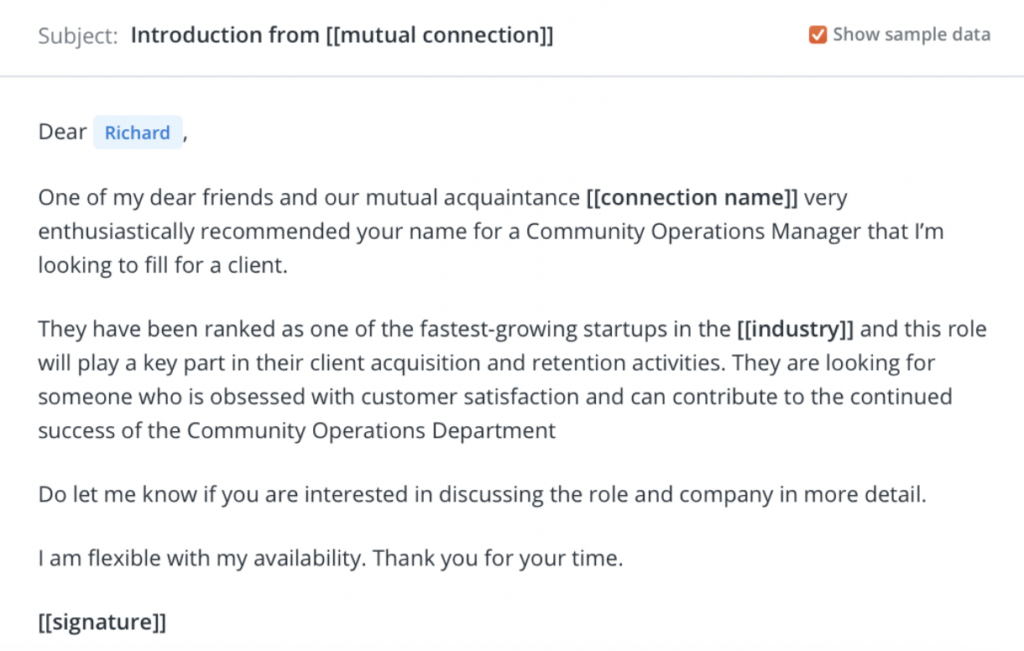
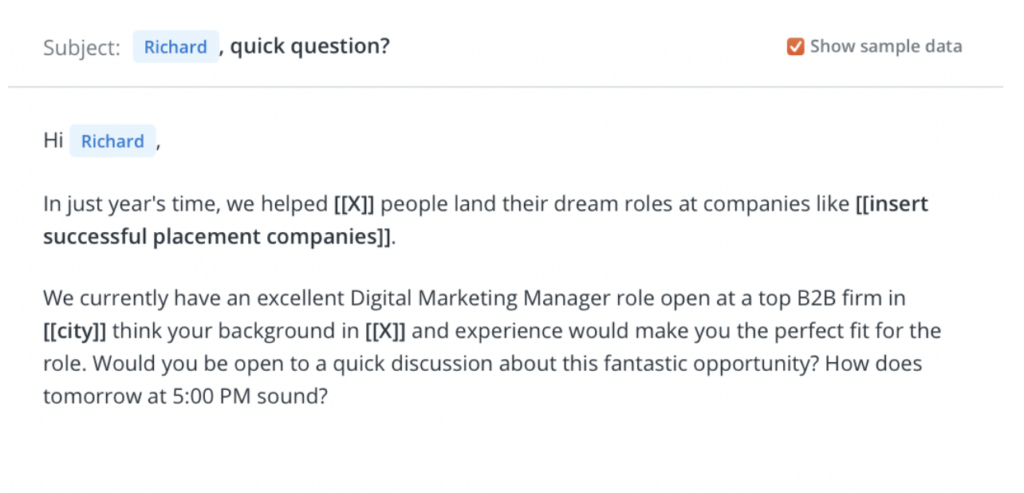
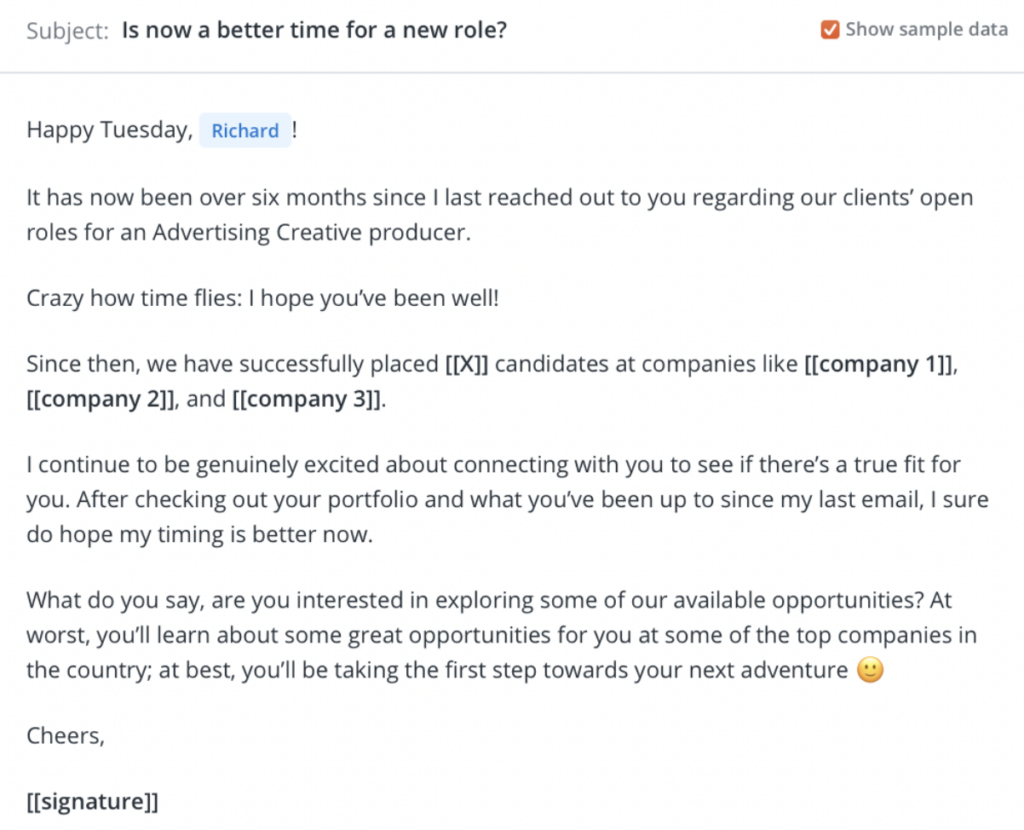


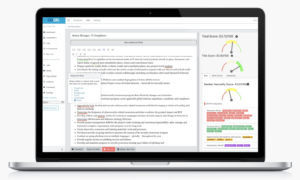
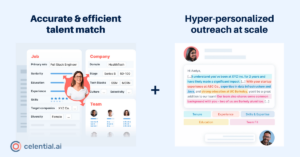 Many recruiters spend
Many recruiters spend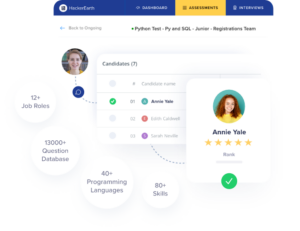
 If there’s one thing we keep hearing over and over again, it’s that Talent Acquisition teams need to become more data-driven to survive 2022’s economic uncertainty.
If there’s one thing we keep hearing over and over again, it’s that Talent Acquisition teams need to become more data-driven to survive 2022’s economic uncertainty.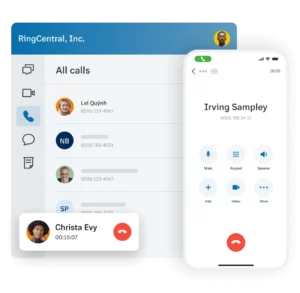 The average executive
The average executive 

